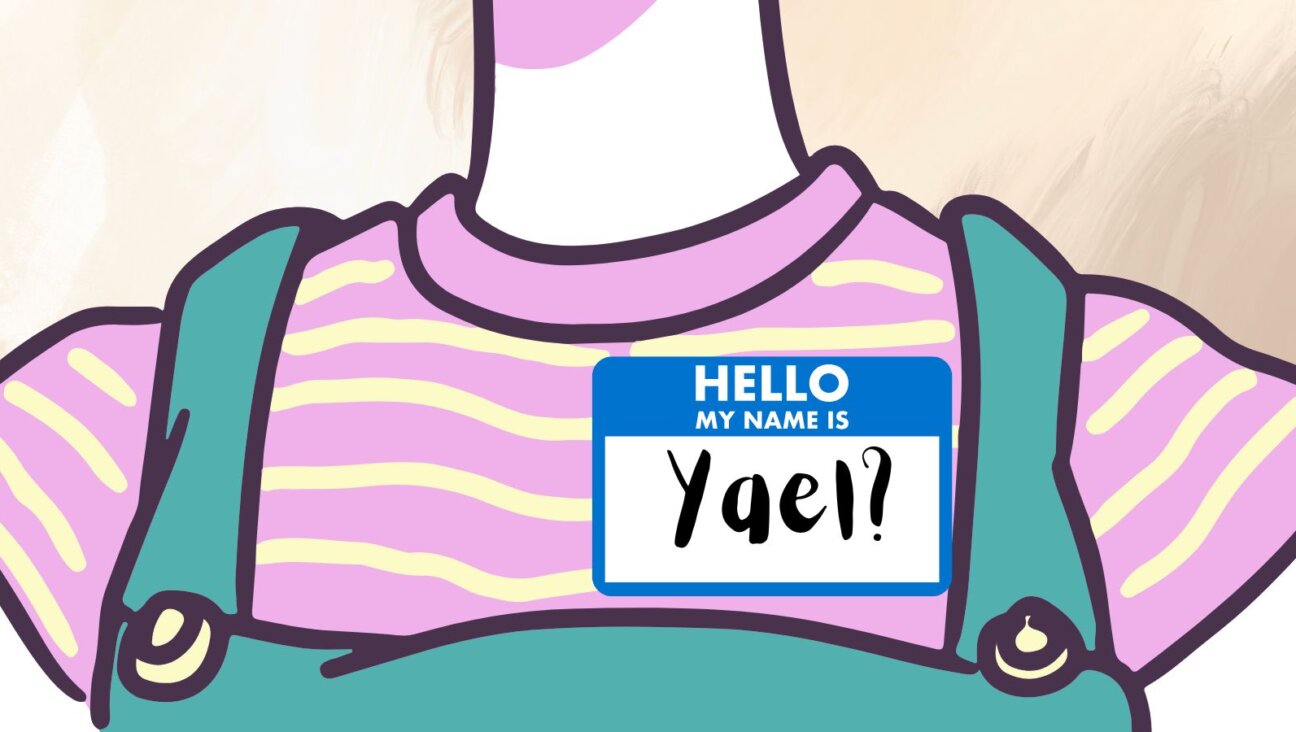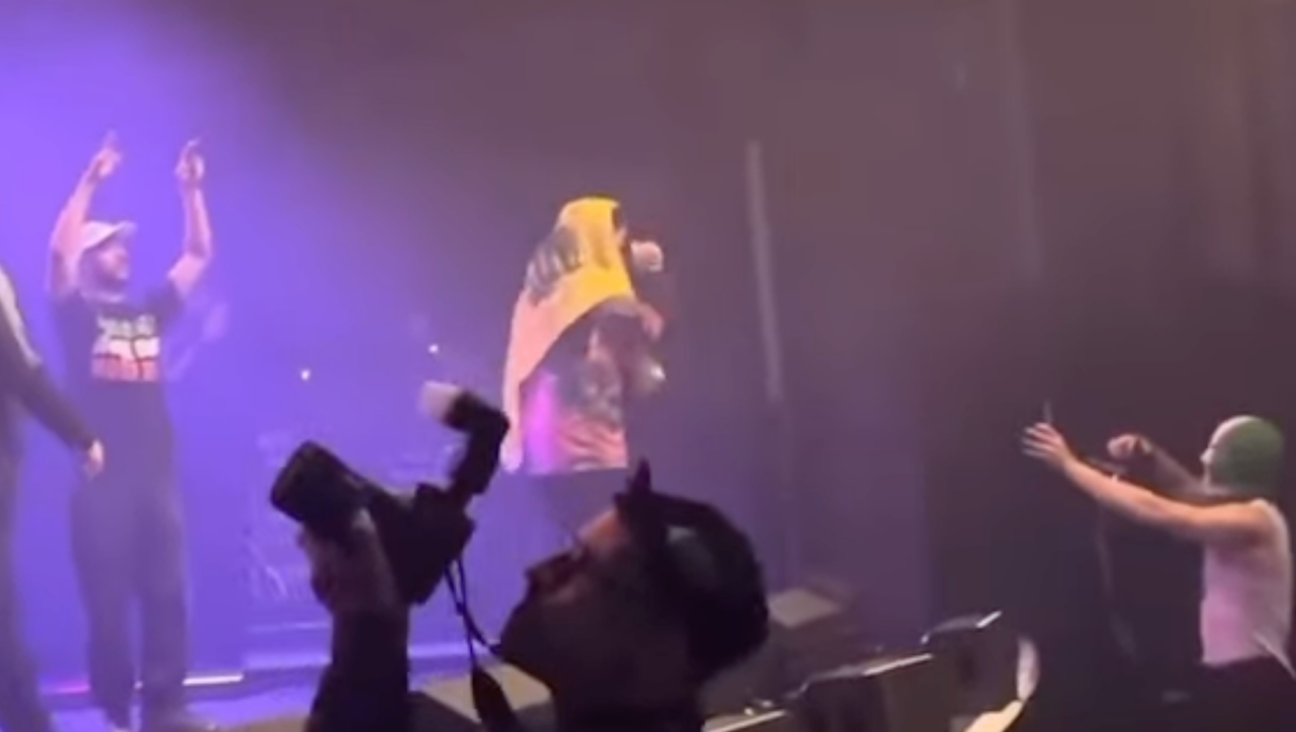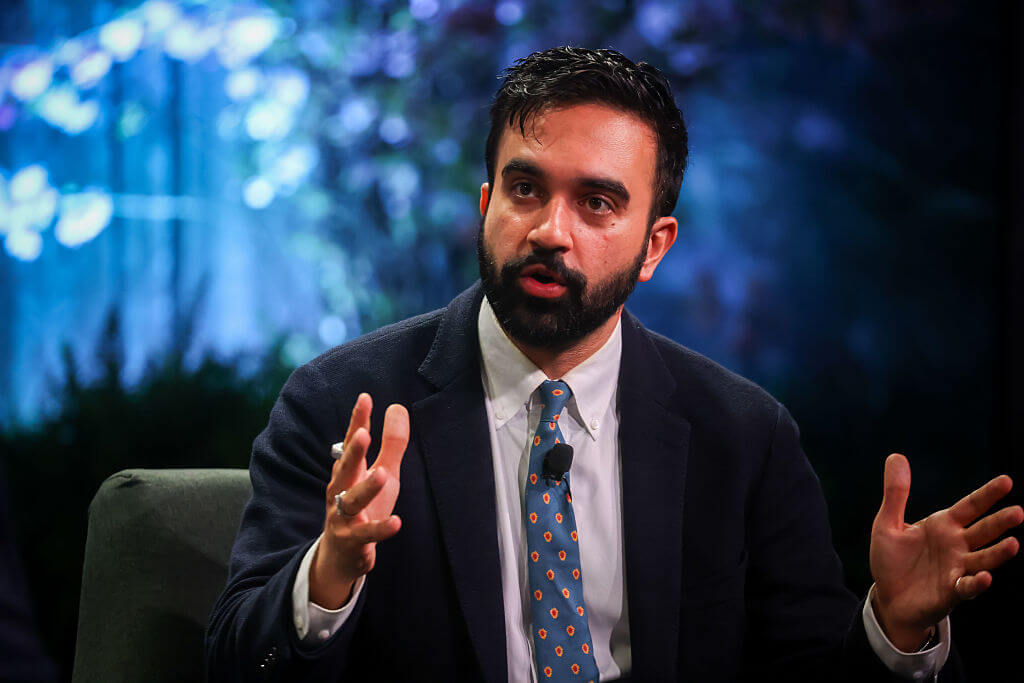Our preeminent historian of the Jews is finally ready to confront Auschwitz
In ‘Simon Schama: The Holocaust, 80 Years On,’ the author and PBS host leads an intimate journey into the humanity and inhumanity of the Shoah
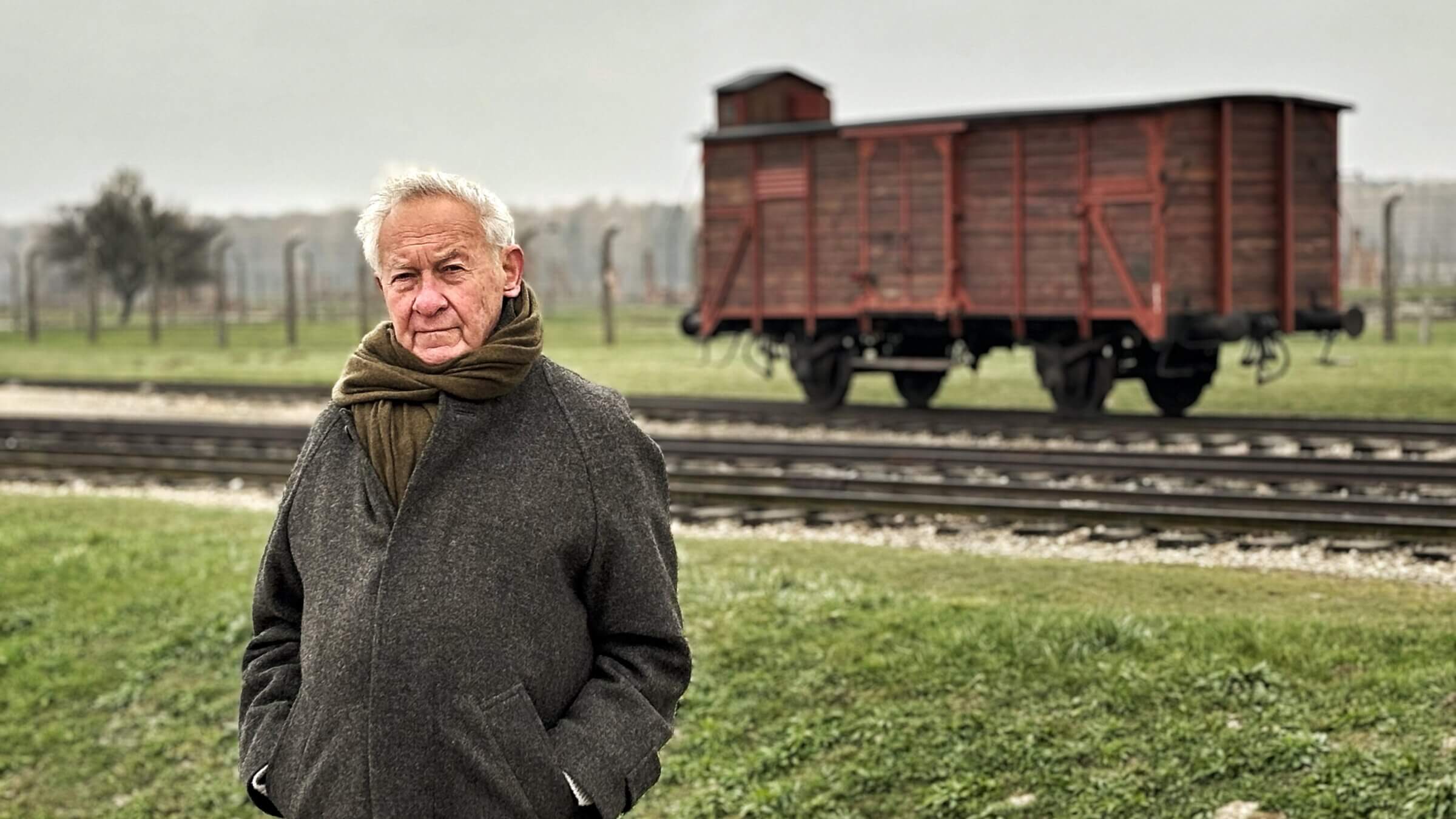
Simon Schama stands in front of a train carriage at Auschwitz-Birkenau. Courtesy of PBS
One road to Auschwitz ran through a small garage in Kovno (now Kaunas), Lithuania. In June, 1941, local nationalists surrounded and murdered about 50 Jewish men and left their bodies out in the street while crowds watched. Lithuanian nationalists, meaning people we might today call “extremists,” deliberately came to beat their neighbors to death with iron crowbars. They also took pressure hoses normally used for cleaning motor vehicles and used them to blow out the insides of Jewish men by inserting them into a variety of bodily orifices.
Sir Simon Schama, today’s preeminent historian of the Jews, turned 80 this year. He tells us at the outset of his new hour-long documentary airing on PBS that “I was born two weeks after the liberation of Auschwitz, it’s been with me all my life.” In Simon Schama: The Holocaust, 80 Years On, he documents how he, finally, approaches the “monster” of that death camp. It’s a personal, intimate journey during which Schama treats the camera as a younger confidant — who needs some explanation of what Schama shows, but who can be trusted with the historian’s feelings.
The first place he visits is not Poland or Germany, but Lithuania. That’s because the events there provide a glimpse into both the humanity and the inhumanity of the European catastrophe.
What is especially horrifying about the Lietûkis Garage massacre is not the brutal actions of these men — this was, as Schama narrates, “just another day in Kaunas” (racists had beheaded a man studying gemara the day before and displayed his head in the window) — but the twin reactions that the actions prompted. The first reaction was from the locals. One Lithuanian archivist interviewed a witness who had been a small child of 4 or 5 in the watching crowd. The witness said that he was crying, so his father asked him why. “I am crying because I do not see, because I am small,” he said. So his father put him on his shoulders to see and then “everything was OK.”
The second, even more chilling, reaction came from the Nazis who were watching their recently conquered Eastern European lands closely. Schama, who narrates the whole show – or rather, engages with the audience as a travel companion – tells us that the “entire horror [of the garage massacre] was photographed by the Germans.” He notes that it was the first time that the Nazis thought that “others might want to support them in the mass murder of European Jews.”
An intertitle card reads, “After this massacre, the Germans use the excuse of ‘local violence’ to seal Jews into ghettos all over Lithuania. Not long after, the SS start to liquidate the ghettos… using Lithuanian volunteers.” That fall, the authorities marched 10,000 Jews up the hill outside Kovno to the Slobodka Fort in the so-called Great Action. Schama visits and walks up the hill, looking at the main road. Slightly out of breath with the climb and slightly aghast at the enormity of the event, he notes: “If I was walking up that road there on the 28 and 29 October 1941, I’d be walking to my death, and I would know I would be walking to my death.”
Lithuania, Schama tells us, was the first place that this “monstrous exercise in mass extermination” was tried. It was a prototype and it was, in its ghoulish way, successful enough to be iterated upon over the next two years before the full industrialization of murder was instituted. Notably, though Schama does not dwell on the fact, the death camps were all outside Germany and all significantly staffed by local and slave labor.
The program is named for Schama because his journey, his expertise and his story is vital. Even as he is leaving he avers that he is “never ready” to do this trip, as no one can be. As he takes us around Europe, he voices the absurdity of using inadequate words to narrate the horrific events of the bureaucratic incarceration and murder of innocents, and physically recoils with disgust from the places that have become synonymous with Jew murder.
Not only the scale, but the diversity of the cruelty of a system of genocide was unprecedented. Schama shows not only Kovno, where his mother’s (and my father’s) family came from, but the forests of Ponar outside Vilna (now Vilnius) and Amsterdam. Only then does he turn to Auschwitz.
Throughout the hour, Schama is deeply moved: this historian who has charted the millennia of Jewish achievement in his magisterial three part The Story of the Jews (at the moment the third part which stretches from 1900 onward is in its early stages). In this film he is explicitly attempting to “bridge “the gap between everyday life and what lies beneath.” His visible and ongoing disquiet with the monstrosity of the subject is affecting.
Since, as well as an expert in Jewish and French history, Schama is a British historian of the Dutch Golden Age, he finds the acquiescence of the Netherlands particularly perturbing. Beginning by embracing its Jewish population — some citizens invited those with yellow stars to the front of queues – the Dutch state ended up quickly bowing to social pressure from the Nazis and being complicit in the death of over 75% of its Jewish population – the highest percentage of Jew-murder by any Western country.
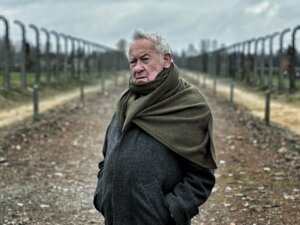
Those looking from the West in the 1930s might have thought that pogroms were merely an Eastern European phenomenon, but as the Nazis advanced, the West behaved equally shamefully. Bureaucrats applied the technology available to a more “advanced” state and, using social coercion, unforgeable identity cards, and “dot maps” (where each dot represented 10 Jews) they were able to identify, transport, and murder hidden, wealthy, acculturated innocents like Anne Frank.
Schama, trained and seasoned at Oxbridge before his appointments at Harvard and Columbia, expresses no doubt that Britain would have done the same “if Hitler had crossed the Channel.” And, by the same logic, presumably America if Hitler had also crossed the Atlantic.
The Lietukis Garage, horrific though it was, was neither the start nor the cause of the Shoah. Some of those causes include millennia of Christian demonization of Jews, centuries of political grievances projected on the vulnerable, and a disturbing lack of empathy across an entire continent. When these, and other, social faults were amplified by Europe’s new industrial capacity the local tremors of pogroms turned into a murderous earthquake.
The BBC called their version of this PBS show The Road to Auschwitz which is misleading. As Schama clearly shows, the mass extermination of the peaceful Jewish citizens of Europe began well before and separately from the gas chambers and crematoria. The Shoah is also Lithuanians disemboweling Jews with pressure hoses in front of cheering crowds, Romanians murdering their Jewish communities even before the Germans invaded, the Dutch easily cowed by the Nazis and sending 75% of their neighbors to be killed, and the Holocaust by bullets that killed over a million Jews — like those in Ponar — simply by rounding them up bureaucratically and shooting them. The Auschwitz crematoria were, for the Nazis, just efficiency measures.
Just as there is neither one singular Shoah nor one road that could not have been obstructed, there is not a single lesson to be learned from the Shoah. There are myriad. However, Schama does not preach; he explains and then cedes to the experts. He leaves the final words to Marian Turski, a survivor who spoke to Schama but who passed away in the month’s before the film’s release. Turski notes that the Shoah did not happen in a moment, “Auschwitz comes step by step… Evil comes step by step.” Then Turski, in turn, quotes Polish poet Boleslaw Taborski:
The most important thing is compassion.
Its absence dehumanises.
Take the perpetrators of the holocaust.
The devil’s servants on earth
They pretended to be humans.
Nay, super-humans. They were nothing.
They knew not what compassion is.











